
Laws of UX
What's it about?
Laws of UX by Jon Yablonski offers a clear framework for understanding the principles that guide user experience design. You’ll discover essential laws that impact how users interact with digital products, such as Hick's Law and Fitts's Law, which help you make informed design choices. This book emphasizes the importance of human behavior in design, enabling you to create more intuitive and effective user experiences. By applying these principles, you can enhance usability and ultimately foster deeper connections with your audience.
About the Author
Jon Yablonski is a designer and author known for his contributions to UX design principles. His notable work, "Laws of UX," explores the intersection of psychology and design, offering practical insights into user-centered design practices. His writing is clear and accessible, emphasizing the importance of human-centered digital experiences.
5 Key Ideas of Laws of UX
The Power of White Space
Strategically using white space enhances clarity and focus in any aspect of life.
Think of a cluttered desk versus a clean one. Just like a tidy workspace, using white space in design or life enables focus and calm.
- Reduces cognitive load: White space helps our brains breathe, processing information more efficiently.
- Enhances comprehension: Just as pauses in speech aid understanding, white space in design facilitates absorption of information.
- Directs attention: By eliminating distractions, white space naturally guides focus to what truly matters.
Declutter your workspace today, leaving only the essentials, and notice how your focus sharpens.
Avoid overfilling spaces out of the fear of emptiness. Remember, less can often be more.
The Aesthetic-Usability Effect
Visually appealing solutions are often perceived as easier to use, boosting engagement and satisfaction.
Think of beautifully plated food that seems more appetizing. In design, aesthetics draw us in, making interactions feel intuitive.
- Enhances motivation: Attractive designs often inspire users to engage more thoroughly.
- Facilitates intuitive use: Users associate beauty with simplicity, improving perception of functionality.
- Promotes positive emotion: A simple, beautiful interface invites positivity, encouraging continued interaction.
Revamp a daily-used app or tool by updating its aesthetic appeal, and notice how your interaction changes.
Don't mistake beauty for functionality alone. Ensure that aesthetic improvements also enhance usability.
The Art of Consistency
Consistency across experiences builds trust and reliability, whether in design or personal interactions.
Consider your favorite restaurant, where consistency in service keeps you returning. In UX, like life, consistency builds trust.
- Strengthens brand identity: Consistency reinforces brand recognition and user trust.
- Facilitates user learning: Repeated patterns decrease learning curves, enabling smoother interactions.
- Enhances reliability: Just as predictable service builds loyalty, consistent design fosters user confidence.
Choose one aspect of your life to standardize, such as morning routines, improving efficiency and predictability.
Beware of stagnation. Consistency should complement, not stifle, growth and innovation.
Deeper knowledge. Personal growth. Unlocked.
Unlock this book's key ideas and 15M+ more. Learn with quick, impactful summaries.
Read Full SummarySign up and read for free!
Laws of UX Summary: Common Questions
"Good design is really about problem-solving."
I just wrapped up Laws of UX by Jon Yablonski, and it distinctly highlights the principles that govern user experience design. The way he connects psychology with design principles is riveting—particularly the Hick's Law, which talks about decision-making speed as it relates to the number of choices. It made me rethink how I interact with apps and websites, often overwhelmed by too much information.
Some parts definitely left me scratching my head, especially the nuances behind Fitts's Law—the idea that the time to reach a target is a function of the distance and size of the target. While intriguing, I found myself pondering real-world applications, like how the size of buttons on a mobile interface can drastically affect user engagement. Yablonski's strategies resonate with works like The Design of Everyday Things by Don Norman, but he offers a fresh take relevant to our digital age.
Overall, I highly recommend Laws of UX to anyone interested in enhancing their understanding of user-centered design. It’s a concise but deeply insightful read that effectively marries theory with practicality.
Experience Personalized Book Summaries, Today!
Discover a new way to gain knowledge, and save time.
Sign up for our 7-day trial now.
No Credit Card Needed
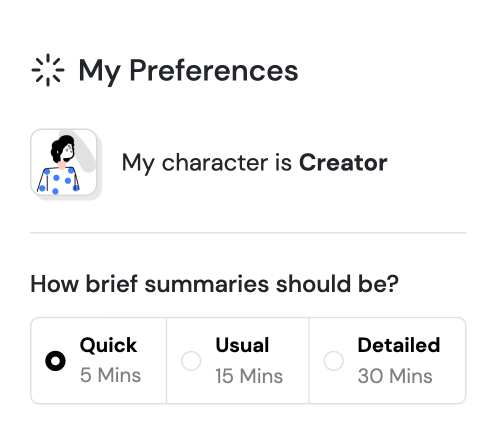
Similar Books

Mathematics for Machine Learning
Marc Peter Deisenroth
Clinical Microbiology
Parslow
Medical Laboratory Science Review
Robert R Harr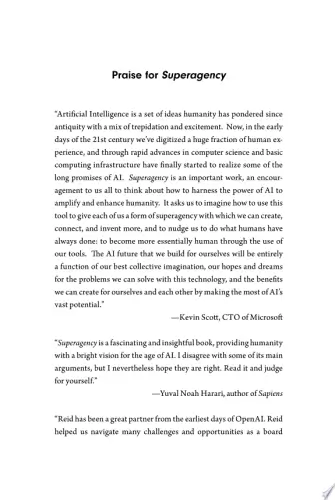
Superagency
Reid Hoffman
Artificial Intelligence
Nicola Acocella
Frankenstein
Mary Shelley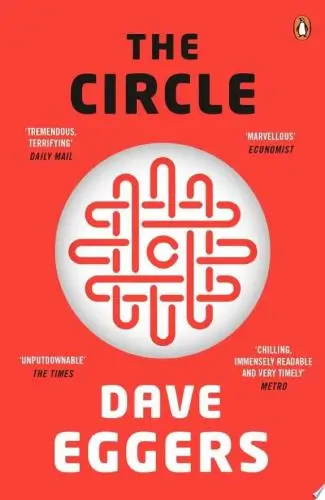
The Circle
Dave Eggers
Roitt's Essential Immunology
Peter J. Delves
Structures
J. Gordon
The Innovator's Solution
Clayton M. ChristensenTrending Summaries

Peak
Anders Ericsson
Never Split the Difference
Chris Voss
Smart Brevity
Jim VandeHei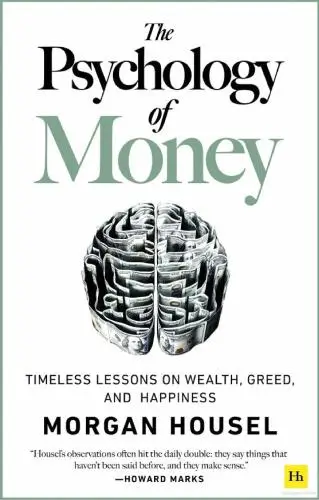
The Psychology of Money
Morgan Housel
The First 90 Days
Michael D. Watkins
Atomic Habits
James Clear
Thinking, Fast and Slow
Daniel Kahneman
The Body Keeps the Score
Bessel van der Kolk M.D.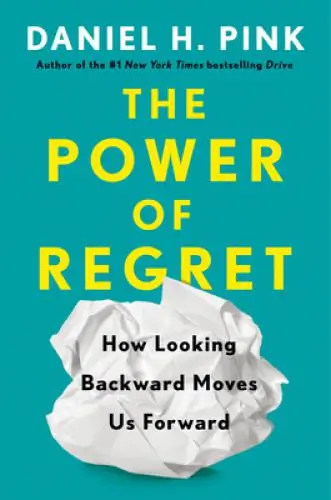
The Power of Regret
Daniel H. Pink
The Compound Effect
Darren HardyNew Books
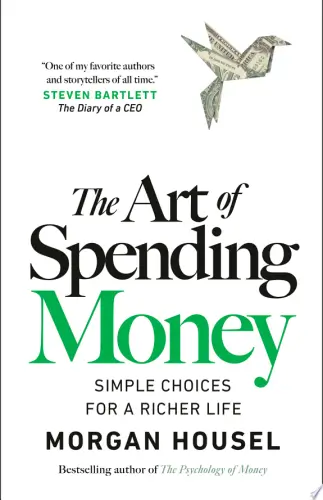
The Art of Spending Money
Morgan Housel
$100M Offers
Alex Hormozi
A Candle for Kiri
Edna Mae Holm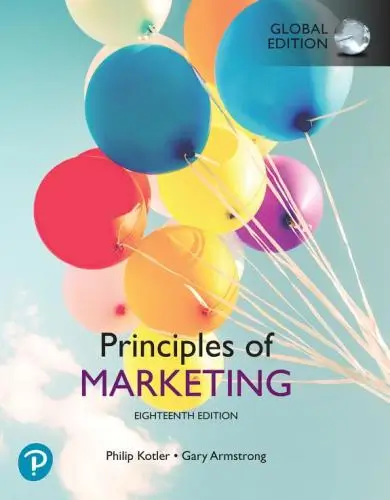
Principles of Marketing, Global Edition
Gary Armstrong
Serpent Rising: The Kundalini Compendium
Neven Paar
Feeling Is the Secret
Neville Goddard
The 100 Best Business Books of All Time
Jack Covert
My Oxford Year
Julia Whelan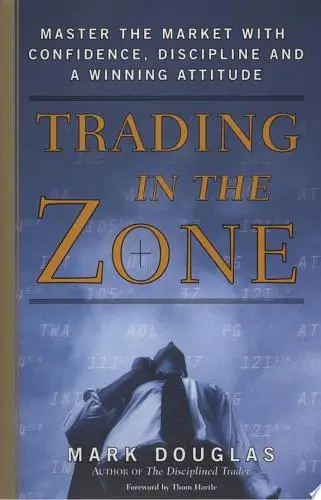
Trading in the Zone
Mark Douglas
